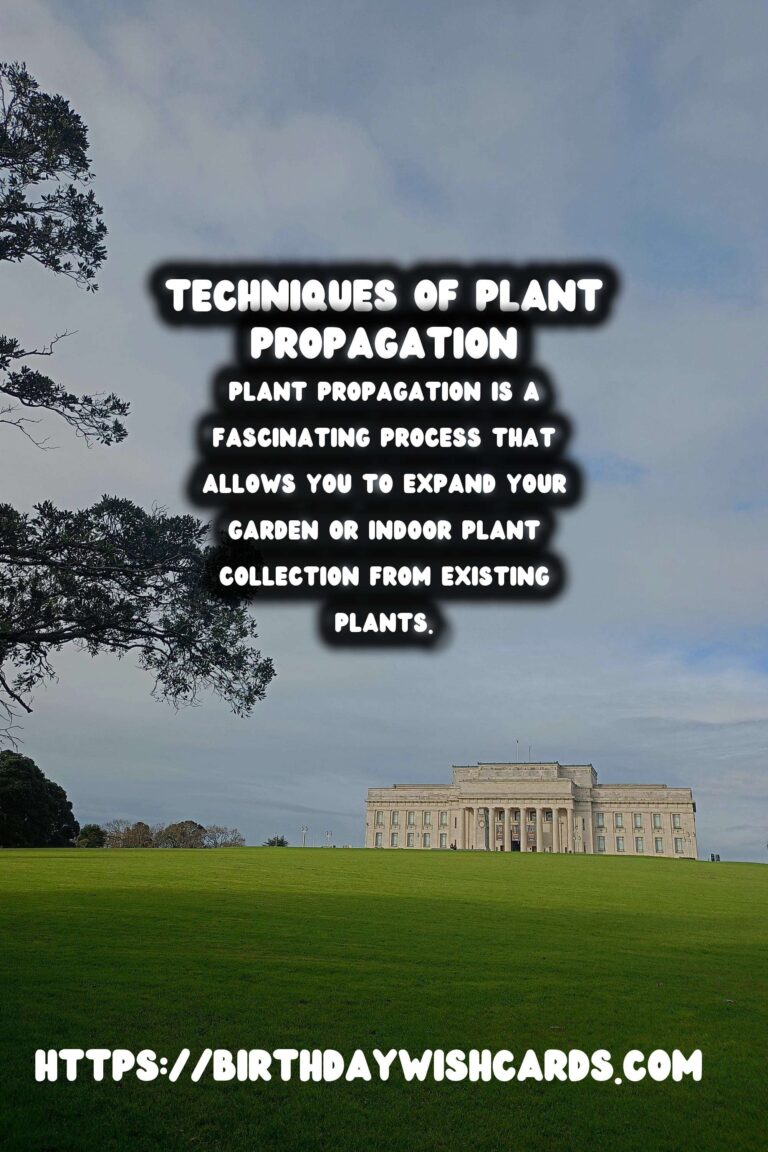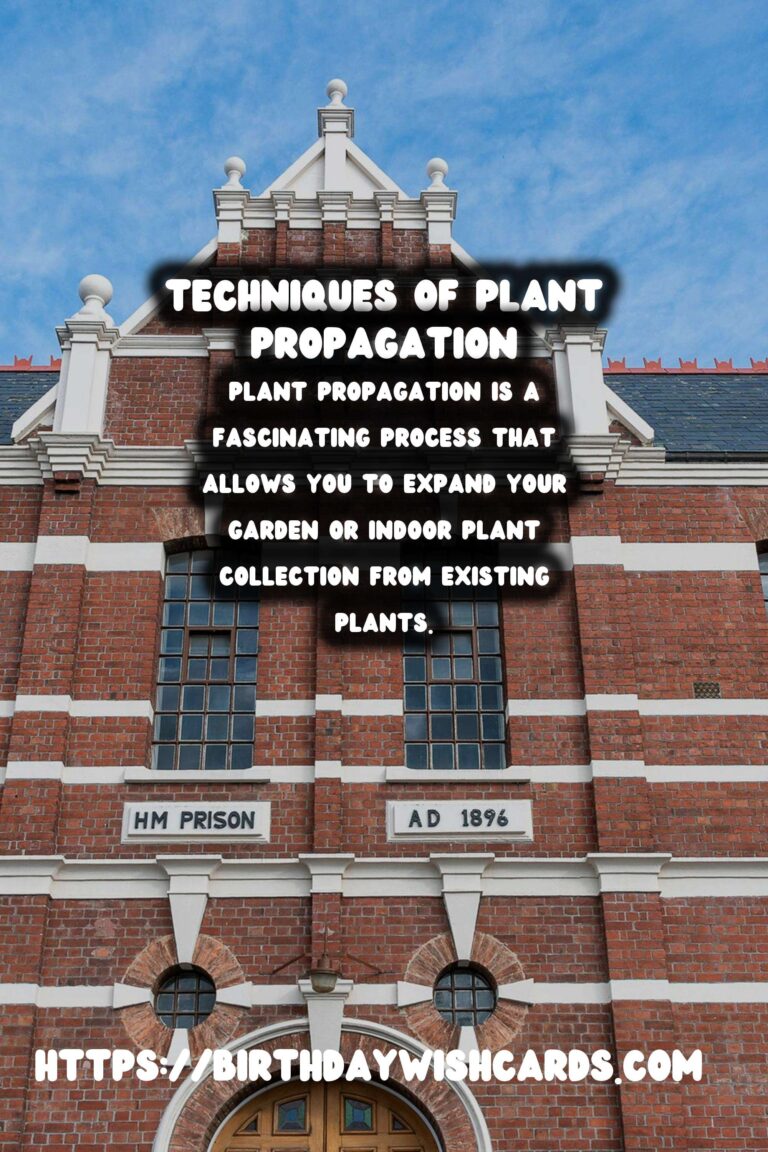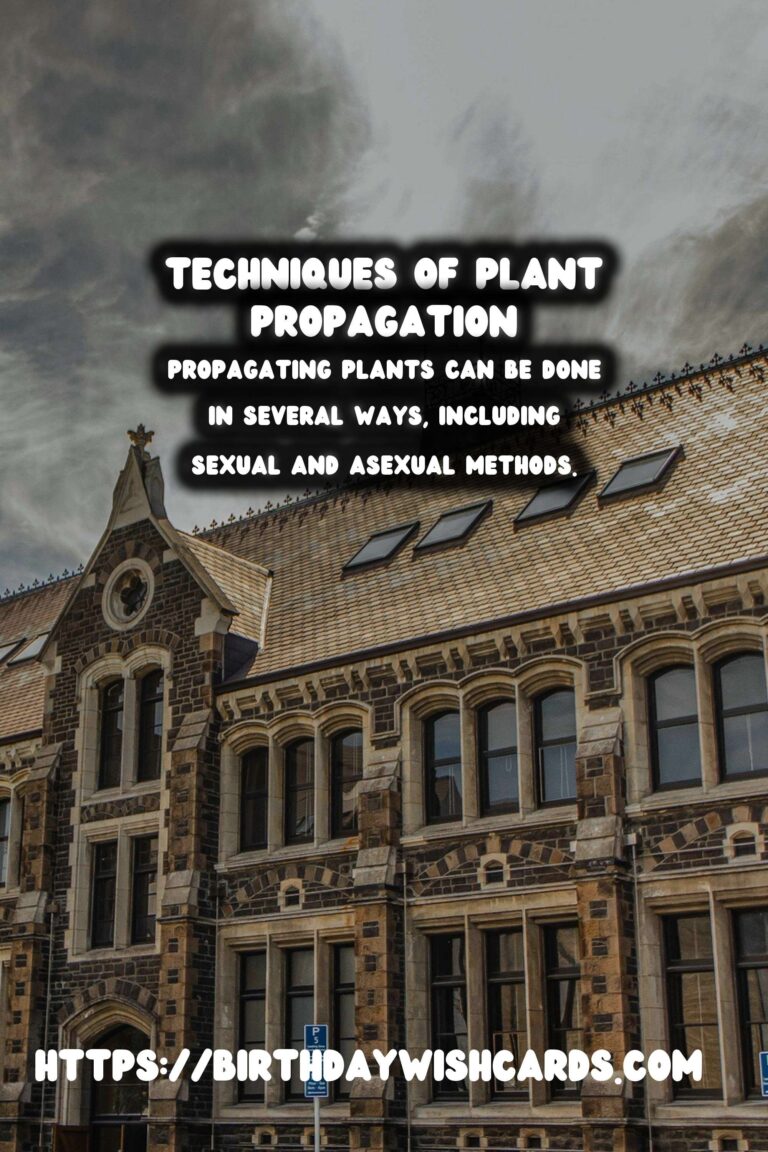
Plant propagation is a fascinating process that allows you to expand your garden or indoor plant collection from existing plants. Not only is it a cost-effective way to acquire new plants, but it also provides a rewarding experience as you nurture young plants into maturity.
Understanding Plant Propagation
Propagating plants can be done in several ways, including sexual and asexual methods. Sexual propagation involves the use of seeds, while asexual methods include cuttings, division, layering, and grafting. Each method is unique and suitable for different plant species.
Before starting, it’s essential to understand which method will work best for the plant species you’re interested in propagating.
The Benefits of Propagation
One of the primary benefits of plant propagation is the ability to enhance your collection without purchasing new plants. You can preserve unique or rare varieties that you or your friends and family have cultivated.
Popular Methods of Propagation
Cuttings: This is one of the most common methods of plant propagation. It involves taking a part of a plant, such as a stem, leaf, or root, and placing it in a suitable environment to develop roots.
Division: Perfect for plants like hostas and ferns, division involves separating a plant into multiple parts, each with its own root system.
Layering: This method involves encouraging a plant to take root while still attached to the parent plant. Once rooted, it can be separated and potted as a new plant.
Grafting: Grafting involves attaching a piece of one plant to the rootstock of another. This technique is often used in fruit trees and roses.
Tools Needed for Propagation
For successful propagation, you will need a few essential tools such as pruning shears, rooting hormone, pots or containers, and a well-draining potting mix. Having the right tools will simplify the process and increase your success rate.
Step-by-Step Guide to Propagation via Cuttings
Step 1: Choose a healthy plant and cut a segment of it, ensuring that there are several leaves attached.
Step 2: Remove the lower leaves and dip the cut end in rooting hormone.
Step 3: Place the cutting into a container filled with a moist potting mix.
Step 4: Ensure consistent moisture and warmth. Roots should develop within a few weeks.
Step 5: Once the roots are well-established, transplant the new plant to its permanent location.
Challenges in Plant Propagation
While propagation can be rewarding, it’s not without challenges. Issues such as disease, pest infestation, and unfavorable environmental conditions can affect success rates.
Overcome these challenges by researching the specific needs of each plant species and ensuring that propagation is done in optimal conditions.
Conclusion
Plant propagation is not only a practical way to expand your garden but also an enjoyable experience that connects you to nature’s cycles. By mastering these techniques, you can continue to grow your plant collection and share your love for gardening with others.
Plant propagation is a fascinating process that allows you to expand your garden or indoor plant collection from existing plants. Propagating plants can be done in several ways, including sexual and asexual methods. 









#PlantPropagation #Gardening




